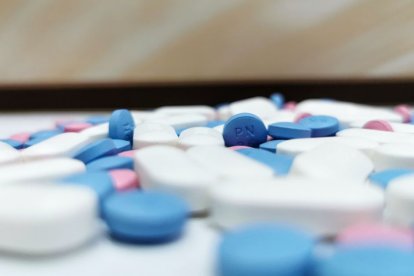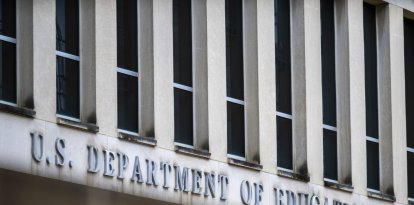Fentanyl to blame for 77% of teen drug deaths
According to experts, while the overall use of opiates has declined in recent years, overdose deaths actually have gone up because the drugs have become more dangerous.

(Pexels)
Last year, fentanyl accounted for 77% of drug deaths among teens. Nearly 900 teens died via overdose from the synthetic opioid in 2021. This figure is especially alarming when compared to the 253 young people who died of the same cause in 2019.
Fentanyl use has increased under the Biden Administration. Between 2020 and 2021, deaths caused by synthetic opioids increased by 23%. The Drug Enforcement Administration (DEA) has repeatedly warned about the existence of brightly colored fentanyl pills called "rainbows," made to look like candy or sweets and used to trick young people.
A very lethal drug
Drug use among adolescents aged 14 to 18 essentially plateaued between 2010 and 2020. According to data from the Center for Disease Control and Prevention, in 2010 about 30.2% of tenth grade students claimed to have used illicit drugs. In 2020, the figure was almost identical (30.4%).
Despite drug use staying the same, deaths continue to rise. Public health experts attribute this to increased lethality of drugs in the same span. Fentanyl is a substance 100 times stronger than morphine and 50 times stronger than heroin. It is increasingly disguised as prescription pills such as Ritalin, Adderall or Xanax, and it is often added to other drugs.
National Institute on Drug Abuse Deputy Director Wilson Compton claims that while the overall use of opiates has declined in recent years, overdose deaths actually have gone up because the drugs have become more dangerous. Social networks also facilitate accessibility and make it easier for traffickers to sell the drug.
Cases in Los Angeles
In 2020, the LAPD's Narcotics and Gang Division seized about 117,000 fentanyl pills. That number soared to 858,000 pills in 2021. So far this year, almost 3 million fentanyl pills have been seized. The Los Angeles Times shared some stories of teenage drug deaths narrated by their own families, which show just how grave the situation can be.
One of the cases tells of Alexander Neville, a 14-year-old boy, telling his parents that he had been taking Oxycontin pills that he bought from a seller on the Snapchat social network. "It has a hold on me, and I don’t know why," he told them.
The article shares the following story: "The following morning, Neville went to wake Alexander for his orthodontist appointment. She found him unresponsive. His skin was blue, and he wasn’t breathing. After his parents called 911, Alexander was taken to a hospital, where he was pronounced dead at 9:59 a.m... Later that day, a narcotics task force arrived at the Neville family home and told them Alexander’s death could’ve resulted from fentanyl, not Oxycontin." According to the father:
Alexander Neville, 14, died from consuming a single counterfeit pill containing fentanyl after taking what he thought was Oxycontin. "People need to understand that this can happen to your family. If you haven’t been impacted by this yet, it’s just a matter of time," his mother stated.
Sixteen students suffer overdoses in one school
At Helen Bernstein High School in Hollywood, at least 16 students have suffered on-campus drug overdoses since the start of the school year, 13 of those from fentanyl, according to Los Angeles Unified School District Superintendent Alberto Carvalho. However, these figures may be even higher:
RECOMMENDATION





















